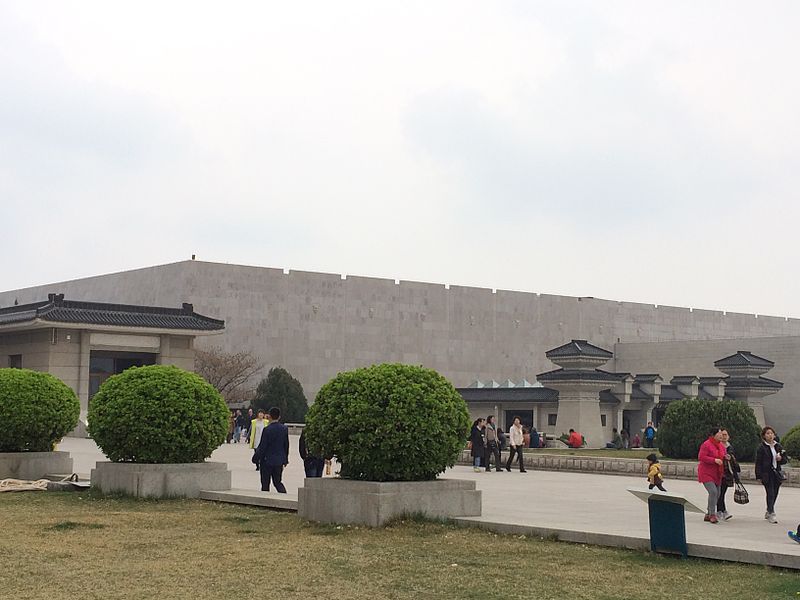Terracotta Army

Facts and practical information
The Terracotta Army is an extraordinary archaeological discovery and a museum that captures the grandeur of ancient China. Unearthed in 1974 near Xi'an, in Shaanxi province, this formidable collection of terracotta sculptures represents the armies of Qin Shi Huang, the first Emperor of China. The life-sized figures, which include soldiers, chariots, and horses, were created to accompany the emperor in his afterlife, demonstrating the belief in an existence beyond death and the power of the emperor even in the afterworld.
The site, which is part of the larger mausoleum complex, dates back to approximately 210 BCE and was discovered by local farmers. It has since become one of the most significant finds of the 20th century. The Terracotta Army Museum covers an area of 16,300 square meters, divided into several pits, with Pit 1 being the largest and most impressive, housing over 6,000 figures. Each warrior is unique, with distinct facial expressions and postures, and the level of detail is astounding, from the strands of hair to the soles of their shoes.
The museum not only serves as a window into ancient Chinese artistry and military formation but also offers insights into the technological advancement and societal organization of the Qin Dynasty. The site is a UNESCO World Heritage Site and is often referred to as the Eighth Wonder of the World, attracting millions of visitors each year who come to marvel at this ancient emperor’s legacy.
Terracotta Army – popular in the area (distance from the attraction)
Nearby attractions include: Mausoleum of the First Qin Emperor, Li, Huaqing Pool, Lintong District.











